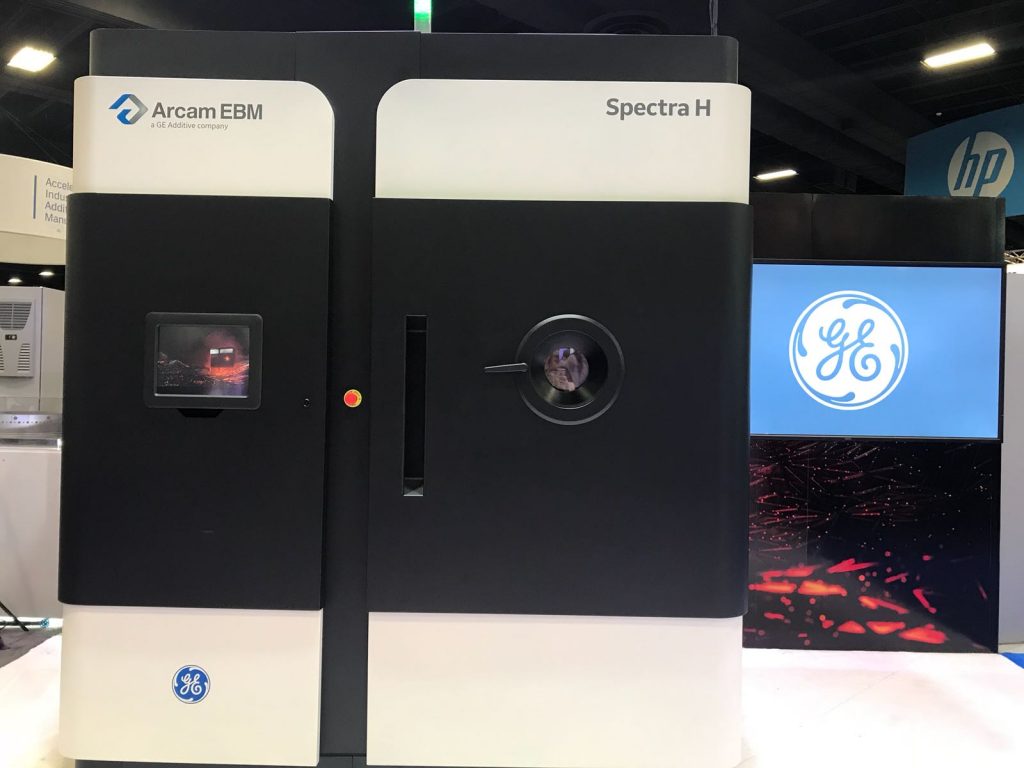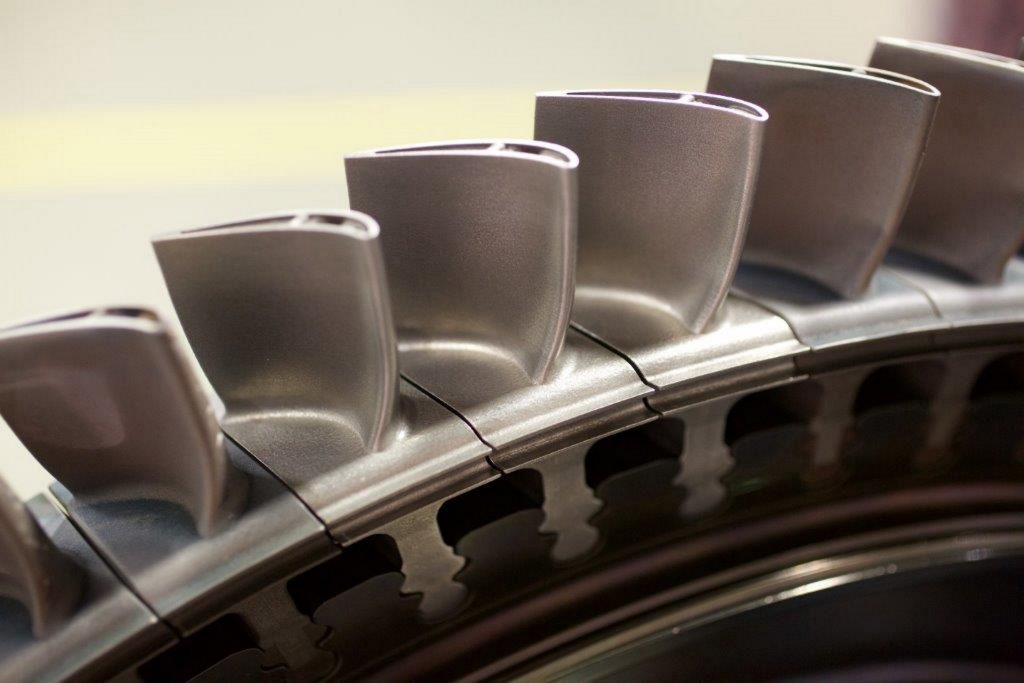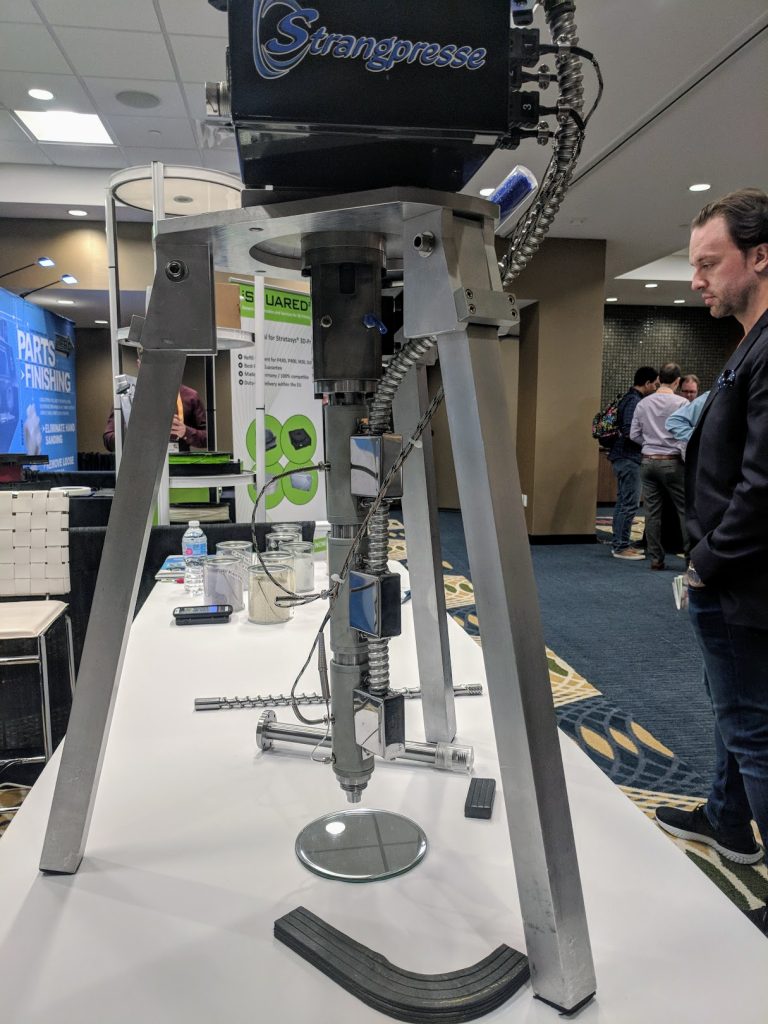The use of 3D printing for the energy sector is highlighted by two recent pieces of news.
The U.S. Department of Energy (DoE) has awarded a total of $7M to projects intended to develop, “advanced, highly efficient, turbine-based technologies for coal-derived synthesis gas, coal-derived hydrogen, and natural gas.” These projects include several featuring additive manufacturing.
In a second piece of news, 3D printing is used by Sandia National Labs, but in this case to advance the production of energy from sustainable sources.
General Electric and Siemens receive funding for advanced combustion turbines for combined cycle applications
A total of $7M in federal funding will be shared by 14 research projects intended to make more efficient use of fossil fuel resources.
Additive manufacturing features in a project looking at advanced combustion turbines. In one award, General Electric will receive DoE funding of $499,690 to investigate “High-Temperature Additive Architectures for 65 Percent Efficiency.” The project aims to develop advanced turbines with greater efficiency, enabled by additive manufacturing technology.

The turbine designs focus on hot-gas-path inlet components and the project hopes to realise “novel and innovative component airfoil and end-wall architectures that provide cooling-flow savings while maintaining component durability.”
A second award from the DoE valued at $494,394 will be used by Siemens Energy. This research addresses, “Additive Manufactured Metallic-3D Ox-Ox CMC Integrated Structures for 65 Percent Combined Cycle Efficient Gas Turbine Components.” The funds will be used to develop a metal additively manufactured design and materials for advanced turbine vanes.
Specifically 3D oxide-oxide ceramic matrix composites (3D Ox-Ox CMC) are the focus of the research. If successful, additive manufacturing and the ceramic material are expected to lower the the cooling requirement by eliminating the need for film cooling. According to a press release,
AM-3D Ox-Ox CMC components in all relevant hot turbine stages can reduce total cooling and leakage flow of turbine components by at least 50 percent. This reduction translates to an increase of approximately 1.5 percent in combined cycle efficiency.

Sandia National Laboratories 2018 Technology Focus Award for 3D printing enabled wind turbine blades
Turning to renewable sources of energy, Sandia National Laboratories has won an award from the Federal Laboratory Consortium for the application of 3D printing in production of wind turbine blades. 3D printing was used by Sandia to produce a mold for a wind turbine blade 13 meters (42.6 ft) in length.


By using 3D printing to manufacture the molds the design and production cycle can be significantly shortened. Traditional methods mean that 16 months are required between the design and eventual production of the experimental wind turbine blades. By using 3D printing this time frame can be reduced to only 3 months.
The Technology Focus Award winners were announced during the Federal Laboratory Consortium’s annual meeting, taking place in April 2018 in Philadelphia. Sandia received the award for taking a collaborative approach to solving the problem. A separate award for Excellence in Technology Transfer was also presented to the national lab, this was for the development of advanced nanomaterial films.
Voting closes soon in the 2018 3D Printing Industry Awards, don’t miss the opportunity to tell us who is leading the additive manufacturing world.
For all the latest additive manufacturing news, subscribe to the 3D Printing Industry newsletter, follow us on Twitter, and like us on Facebook.
Find talent for a project, or advance your career in 3D printing. The 3D Printing Jobs board is live.
Featured image shows the 3D printed wind turbine blade mold. Photo via Sandia National Laboratories.


